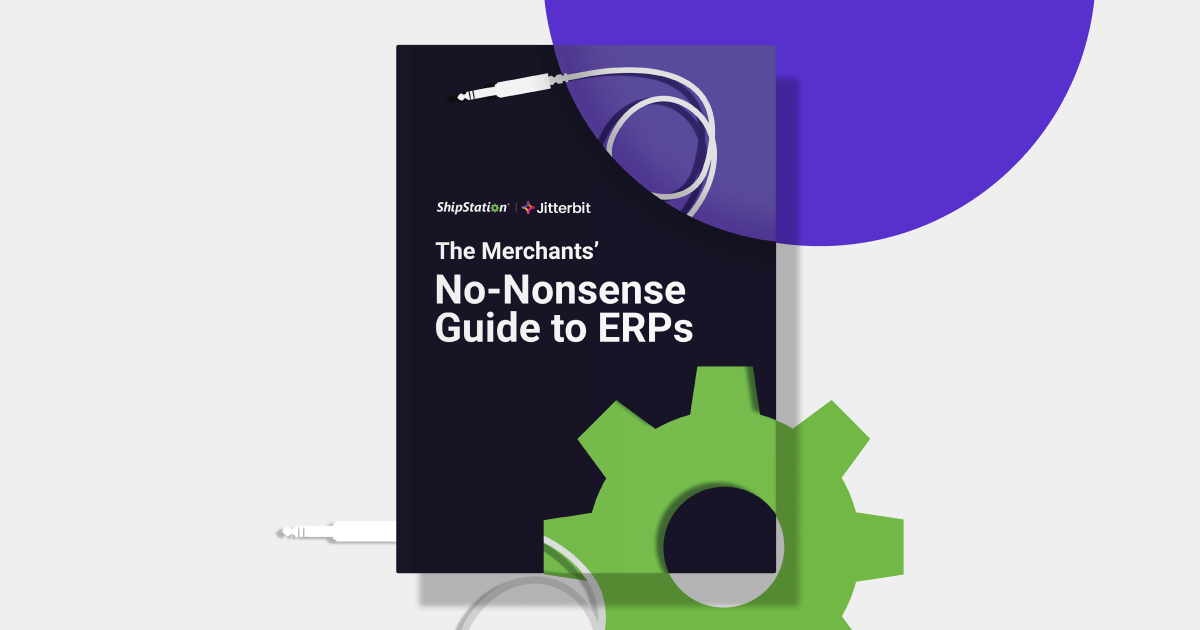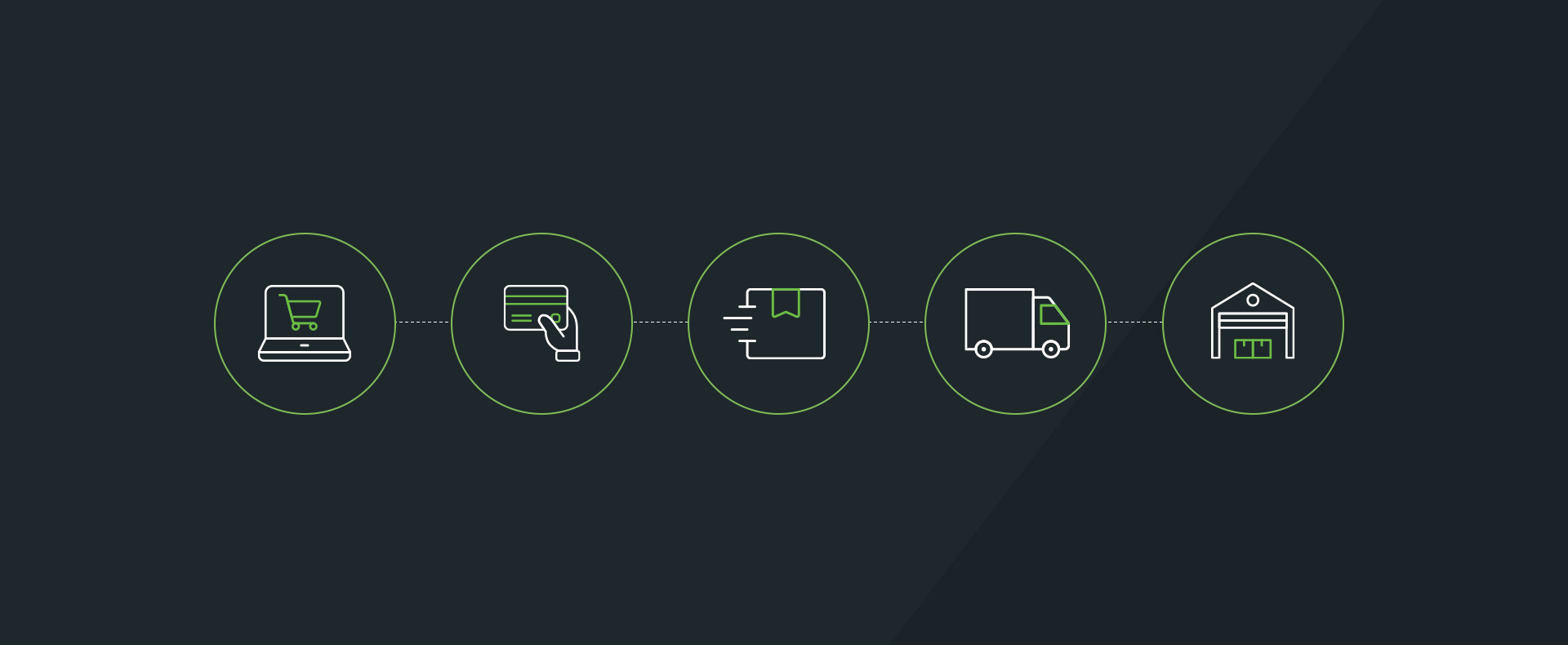How to Become an Expert Third-Party Marketplace Seller
Ecommerce has become inextricably intertwined with the idea of multichannel selling. So it’s reasonable for brands to assume it’s a post-Internet approach to retail. The funny thing is that reaching consumers on multiple channels has actually been a selling strategy since the early 1900s.
Story time!
Did you know Sears started as an exclusively mail-order business? A ridiculously successful mail-order business at that. In 1895, the Sears, Roebuck and Co catalog generated $750,000 in sales. Adjusting for inflation, that’d be $21.3 million dollars today.
But around the turn of the last century, Richard Warren Sears recognized brick-and-mortar locations were where the industry was headed. Thus, in 1925 he opened his first retail location.
Here’s the important part of this whole history lesson. Even though his brick-and-mortar sales skyrocketed, Sears didn’t abandon the catalog. And by 1931, the combined sales from the store and the catalog totaled $180 million — approximately $3 billion in 2018 dollars.
Sears had multiplied his revenue exponentially, just by selling on one additional channel.
Multichannel Basics
Admittedly, multichannel sales in 2018 are vastly different than they were in the ‘20s and ‘30s. But the moral is the same: retailers who don’t engage in multichannel selling are leaving heaps of money on the table.
The number of available selling channels varies based on which resource you consult. But overall, the five most popular are:
- Online stores
- Brick-and-mortar stores
- Mobile apps
- Social media
- Third-party marketplaces
Depending on the size of your company, you can sell on any combination of these five. In this article, we’ll focus specifically on adding a third-party marketplace to your sales channel mix.
Ready to become the best third-party marketplace seller around ? Here are three things you need to do.
1. Optimize Your Picking Strategy

If your company only ships a couple orders a day, you may not give your picking strategy a second thought. Because when you break it down, it’s really just grabbing merchandise from somewhere else in the building and bringing it back to the shipping area.
But after you’ve become a marketplace seller, the number of orders will start to increase. Now the picking process suddenly stops just being one employee’s jaunt from point A to point B to snag a handful of products. And if your picking process can’t scale as order volume grows, it can lead to shipping delays and, in turn, unhappy customers.
Unless each item you sell is one-of-a-kind, you can assume multiple customers will be ordering the same SKUs. In fact, it’s a good idea to consider the 80/20 Rule when deciding your picking strategy.
The 80/20 Rule states that approximately 80% of your orders will be made up of 20% of your products. So it doesn’t make much sense for pickers to make repeated trips to grab the same item(s) over and over for every individual order.
Instead, employees should use a batch picking strategy. With batch picking (also known as multi-order picking), employees have a pick list with the total count for a SKU across all orders for a given period. Pickers can pull these popular items en masse, reducing the number of trips they have to make. As a result, you’ll boost the efficiency of your entire pick-pack-ship workflow.
FACT:
Almost half of all online product searches begin on third-party marketplaces.
2. Invest in Inventory Management Software

Manually tracking inventory is playing with fire. There are just too many opportunities for errors. An employee may accidentally enter information incorrectly. Now you’re at risk for selling merchandise you don’t actually have. Or you could be listing popular products as out-of-stock when you’ve actually got plenty more.
Even if you’re only selling on one channel, tracking inventory with a spreadsheet is still remarkably inefficient. First you have to log into that channel and download all of the order and inventory information. Then you have to update either a) several different spreadsheets, or) a single, increasingly monstrous spreadsheet. And when you become a third-party marketplace seller, the process takes even longer and is even more at risk of errors.
That is, of course, unless you invest in inventory management software.
Inventory management software helps you avoid all these headaches. An inventory management solution integrates with your selling channels as well as any other order management and fulfillment platforms you use. This means all of your systems are sharing the same information. Thus, not only are your inventory counts accurate, but your team also has more time to work on more important tasks.
FACT:
Over 60% of consumers say they feel comfortable buying from a company they’ve never heard of on a third-party marketplace.
![]()
Bonus Tip!
Even though they’re the largest, Amazon and eBay aren’t the be-all, end-all of third-party marketplaces. Consider selling on one of these other channels:
It certainly doesn’t make sense for you to sell on every one of these sites. But you should definitely do some research to see if any of them would be a good channel for you to explore.
![]()
3. Use Automation Rules
![]()
Running an ecommerce business comes with plenty of opportunities for creativity and strategic decision-making. It also involves countless repetitive tasks that, despite not requiring any real thought, can end up causing major damage if completed incorrectly.
When you become a marketplace seller, you’re going to encounter new challenges. You’ll have to adjust to receiving more orders and interacting with a larger audience. But even when you start selling on a marketplace, the 80/20 rule still applies.
If you’re consistently sending shipments with nearly identical attributes, it’s silly to manually configure the settings for every order. But if you invest in a shipping software with automation rules, you can reduce some of the headaches that come along with scaling an ecommerce company.
Automation rules are customizable, hierarchical sets of actions that automatically apply your chosen shipping criteria to an order whenever it’s imported. Essentially, they’re “If this, then that” statements.
When you download an order from the marketplace, automation rules ensure it already has all of the required shipment options selected. This means you can immediately move on to the next step in the fulfillment process. Automation rules not only decrease order processing time but also the risk of human error.
![]()
![]()
![]()
In theory, increasing your selling channels would mean increasing your workload. In reality, with the right systems and technologies, it’s totally feasible to maintain a manageable workload while scaling your business. You can be a small brand with a big presence — you just need to have a solid strategy. And the confidence to become an exceptional marketplace seller.






